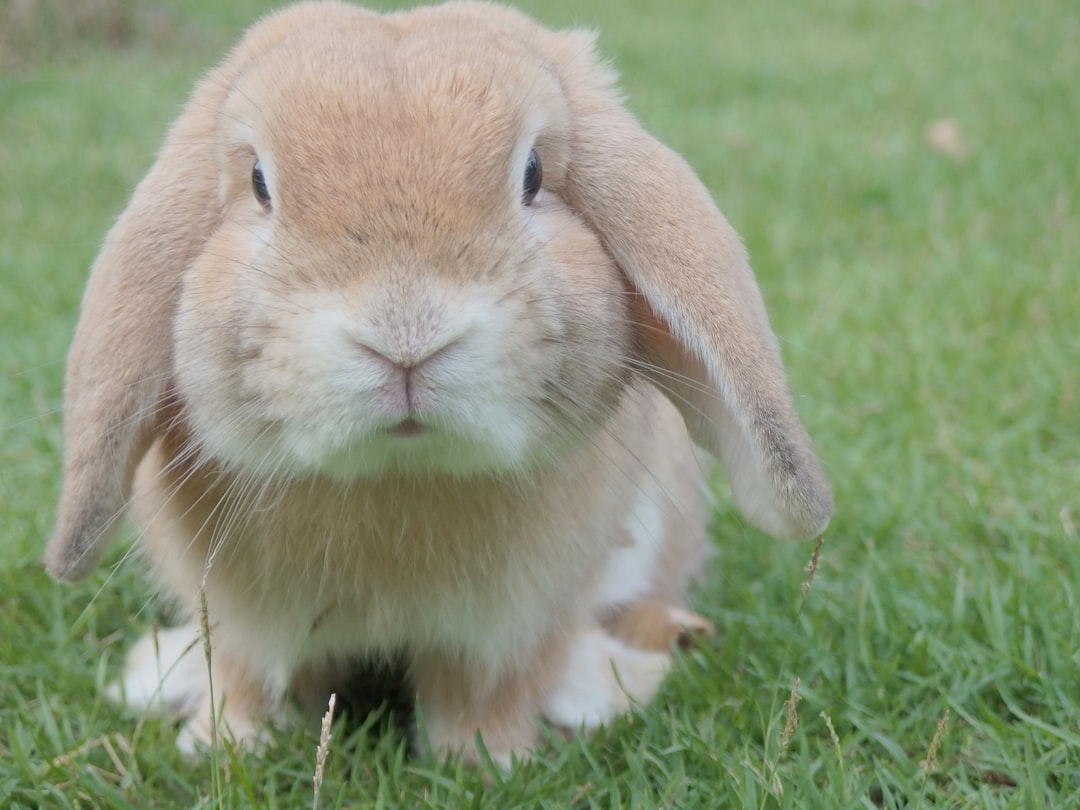Raising rabbits on a small scale can be an excellent addition to a backyard farm, providing a sustainable source of lean, high-protein meat and nutrient-rich manure for garden fertilization. Rabbits are quiet, require minimal space, and reproduce quickly, making them an efficient livestock option for homesteaders and urban farmers alike.
In this guide, we’ll cover the benefits of raising rabbits, choosing the right breed, housing and feeding requirements, basic care, and how to use rabbit manure as a powerful organic fertilizer.
Why Raise Rabbits?
1. Sustainable Meat Production
-
Rabbit meat is high in protein, low in fat, and rich in essential nutrients like B vitamins and omega-3s.
-
They reproduce quickly—one doe can produce 30–50 kits per year.
-
Rabbits require less space, water, and feed than other livestock, making them highly efficient.
2. High-Quality Organic Fertilizer
-
Rabbit manure is a “cold” fertilizer, meaning it can be applied directly to the soil without composting.
-
It is rich in nitrogen, phosphorus, and potassium (NPK 2.4-1.4-0.6), improving soil fertility and plant growth.
-
Rabbit droppings can enhance compost, worm farms, and garden beds.
3. Low Maintenance and Quiet
-
Unlike chickens or goats, rabbits make virtually no noise, making them ideal for urban or suburban backyards.
-
They are relatively easy to care for and require less daily maintenance than larger livestock.
Choosing the Right Rabbit Breeds
The best breed depends on your goals—whether for meat production, manure, or both.
Breed Average Weight Growth Rate Temperament Best For New Zealand White 9–12 lbs Fast Docile Meat, manure Californian 8–10 lbs Fast Friendly Meat, manure Silver Fox 9–12 lbs Moderate Gentle Meat, fur Flemish Giant 14–20 lbs Slow Friendly Manure, pet💡 Best for beginners? New Zealand Whites and Californians are the most popular meat rabbits due to their rapid growth and excellent feed-to-meat conversion.
Housing and Space Requirements
1. Hutch vs. Colony System
Rabbits can be raised in individual hutches or a colony system, depending on available space and management style.
-
Hutch System (best for controlled breeding and health monitoring)
-
Wire cages with solid resting areas.
-
Elevated design for easy waste management.
-
Ideal for small-scale production.
-
-
Colony System (more natural but harder to control breeding)
-
Large, enclosed areas with hiding spots and burrows.
-
Encourages social behavior but requires careful management.
-
Works well for manure collection.
-
2. Space Needs
-
Each rabbit needs at least 3–4 sq. ft. in a hutch.
-
Breeding does require larger enclosures (5–6 sq. ft.).
-
Outdoor hutches should have shade and protection from predators like hawks, dogs, and raccoons.
Feeding and Nutrition
A well-balanced diet is key to healthy rabbits and high-quality meat production.
1. Main Diet Components
✔ Hay (70% of diet) – Timothy or grass hay aids digestion.
✔ Pellets (20%) – Provide concentrated nutrients.
✔ Fresh Greens (10%) – Dandelion, parsley, and carrot tops.
✔ Water – Always fresh and clean.
💡 Avoid iceberg lettuce, beans, onions, and sugary fruits, as they can cause digestive issues.
Breeding and Reproduction
Rabbits are prolific breeders, and careful planning is needed to manage population growth.
1. Breeding Process
-
Rabbits reach sexual maturity at 4–6 months old.
-
The doe should always be taken to the buck’s cage (not vice versa).
-
Gestation lasts 28–31 days.
-
A single litter can have 6–12 kits.
2. Raising Kits
-
Kits are born hairless and blind, requiring warmth from their mother.
-
By 3 weeks old, they begin eating solid food.
-
At 8 weeks, they are weaned and ready for processing or selling.
Harvesting and Processing Meat
-
Rabbits are typically harvested at 8–12 weeks old (called “fryer” age).
-
The most humane method is cervical dislocation (quick neck dislocation).
-
The meat can be roasted, stewed, or ground—similar to chicken.
💡 Ethical Tip: If harvesting rabbits for meat, ensure humane and respectful handling throughout their life.
Using Rabbit Manure in Your Garden
Rabbit droppings are one of the best organic fertilizers due to their high nitrogen content and ease of use.
1. Direct Application
✔ Scatter manure directly around plants.
✔ Mix into soil before planting.
2. Composting with Rabbit Manure
✔ Mix with carbon-rich materials like straw or leaves.
✔ Turn the pile every few weeks for aeration.
✔ Within 1–2 months, you’ll have nutrient-rich compost.
3. Rabbit Manure Tea (Liquid Fertilizer)
✔ Fill a bucket with water and add manure.
✔ Let it steep for 24–48 hours.
✔ Use as a soil drench or foliar spray.
Common Questions About Raising Rabbits
Q: How many rabbits should I start with?
A trio (one buck and two does) is a good start. This setup can yield 60–100 lbs of meat per year.
Q: Do rabbits smell?
No, as long as their cages are cleaned regularly. Their manure is dry and odorless compared to chicken or pig manure.
Q: Can rabbits be raised indoors?
Yes, but ventilation and waste management are crucial. Raising them in hutches outdoors is often easier.
Q: How long do meat rabbits live?
Rabbits raised for meat are typically harvested at 8–12 weeks, but if kept as breeders, they can live 3–5 years.
Q: Can I use rabbit urine as fertilizer?
Yes! Rabbit urine is nitrogen-rich and can be diluted with water for plants.
Final Thoughts
Raising rabbits is an efficient, sustainable, and rewarding way to produce high-quality meat and fertilizer. Whether you have a small urban backyard or a rural homestead, rabbits can be an excellent addition to your self-sufficiency efforts.
🐇 Thinking about starting a rabbit farm? Let us know your questions in the comments!

Comments
No comments yet. Be the first to comment!
You must be logged in to comment. Login